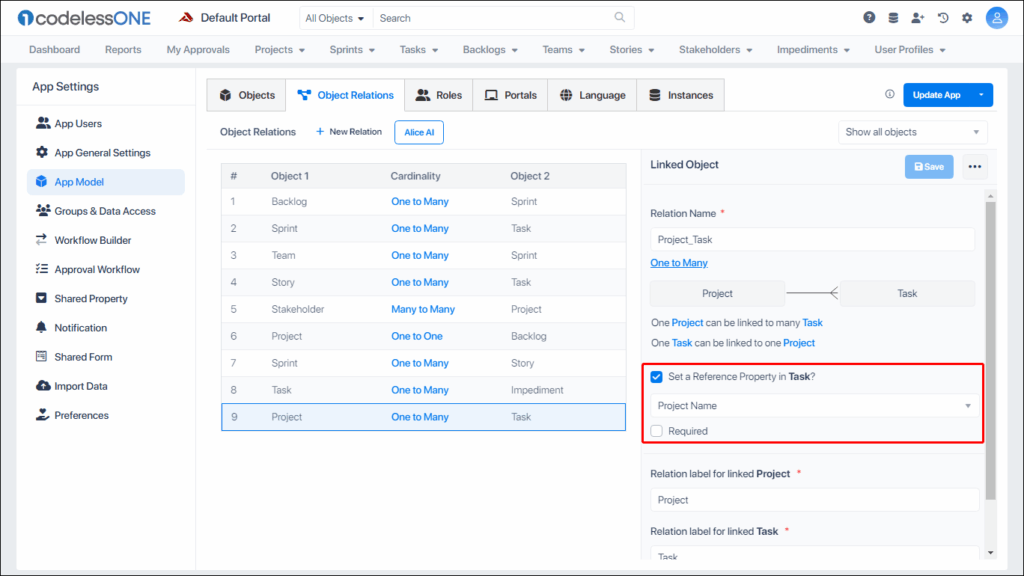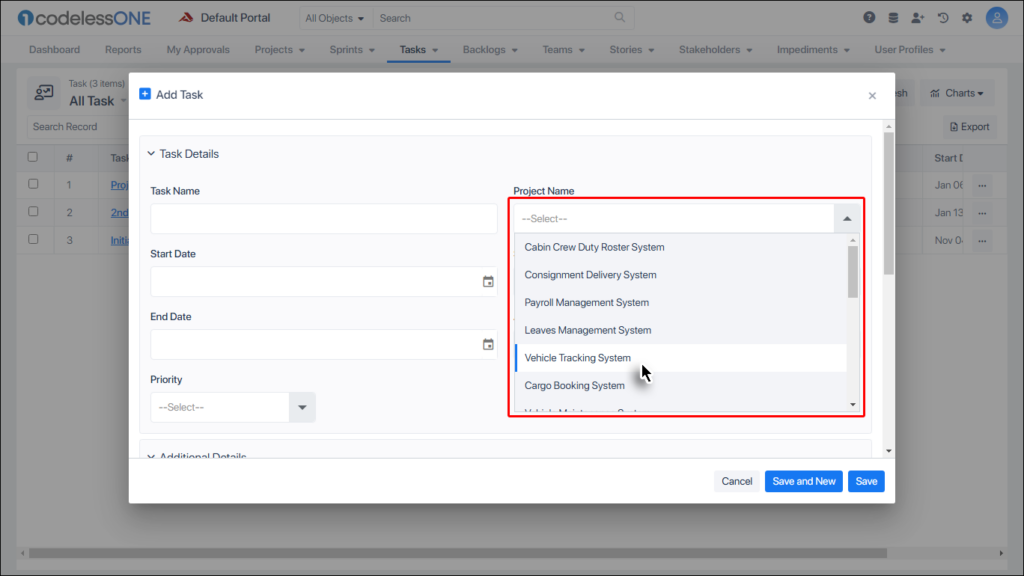Understanding Reference Properties in Object Relations
When we talk about software development, the way we connect different “Objects” or components is crucial. This connection ensures that our application works seamlessly. One essential tool to make these connections meaningful is the ‘Reference Property‘ in object relations.
Let’s dive in to know more about Reference properties and their significance.
What Exactly is a Reference Property?
Imagine having two puzzle pieces. You want to ensure one piece (let’s call it ‘Child’) knows exactly where it belongs next to the other piece (let’s call it ‘Parent’). This knowledge or identifier is what we term as the Reference Property. In techy terms, a Reference Property allows a specific characteristic of the Parent object to be shown in the Child object. So, when these two Objects are related, you can immediately tell how they’re connected.
Making Sense of Reference Properties Let’s take a real-world software example to clarify further.
Consider we’re building an Application for managing projects, and we have two main Objects: ‘Project‘ and ‘Task‘.
Now, if we set a one-to-many relationship between the two (meaning, one Project can have multiple Tasks), it might get tricky when adding new tasks. Which project does this new task belong to?
Enter Reference properties. By setting the “Project Name” from the Project object as a Reference Property in the Task object, things get simpler.

When adding a new task, you’ll immediately choose the project’s name it’s associated with.

This means, you don’t have to remember or cross-check; the system automatically provides the Reference for you, ensuring accuracy and ease of use.
Reference properties act like bridges, ensuring that related Objects in an application communicate clearly. Implementing them makes the user experience smoother and more intuitive, avoiding potential confusion and ensuring everything is organized and interconnected.